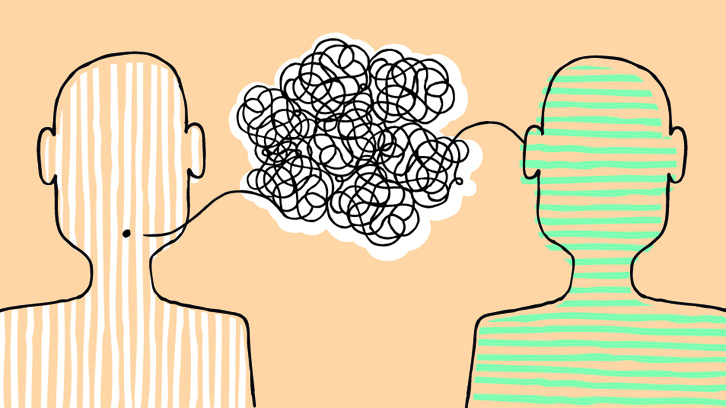Images translated into words, does everyone describe the same?

Audio description is an access service in which images are translated into words. It is addressed mainly to persons with sight loss, but it can benefit all of us. As part of the Visuals into Words project (VIW), funded by the Spanish Ministry of Economy of Competitiveness through the “Europa Excelencia” call, Anna Matamala built a corpus of audio descriptions in English, Catalan, and Spanish. Matamala analysed these audio descriptions using natural language processing tools and generated an open access search engine. In this specific article, published in Onomazéin, the researcher compares the features of the Spanish audio descriptions created by ten professionals against the features of those created by students using the same audiovisual input, namely the short film “What happens while”, by Núria Nia. The article focuses mainly on quantitative data such as the number of words, the number of audio description units and the grammar class distribution. The analysis allows us to better understand how audio descriptions are created in Spanish and what differences are to be found depending on the describer. In this regard, it seems that professionals use a higher number of audio description units with far less variability than students. The study has also allowed to identify the specific features of the language of audio description in comparison with general language features: in audio description sentences seem shorter and with a higher number of verbs. This article is the first contribution of a series of publications which use the VIW corpus to better understand audio descriptions.
Universitat Autònoma de Barcelona
TransMedia Catalonia Group
References
Anna Matamala. (2018). One short film, different audio descriptions. Analysing the language of audio descriptions created by students and professionals. Onomázein, 41, 185-207. DOI: 10.7764/onomazein.41.04.


